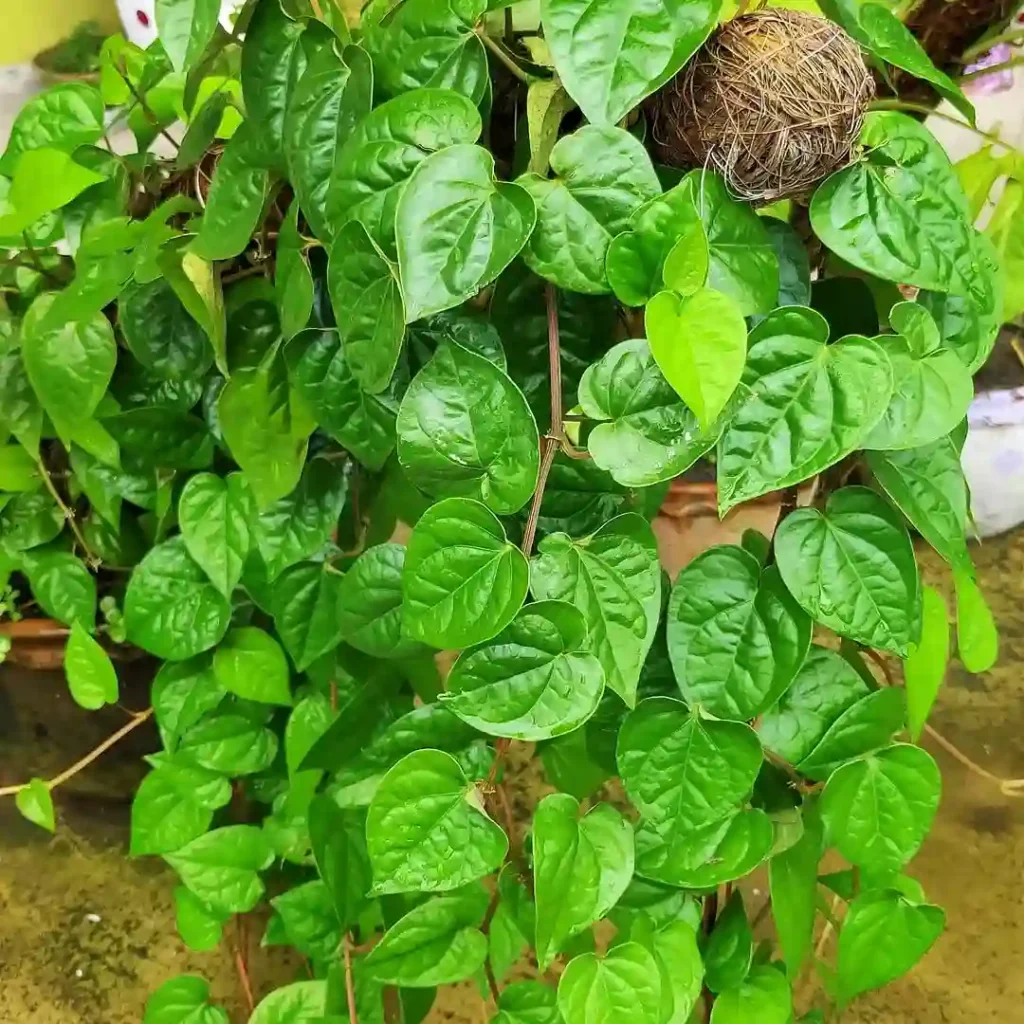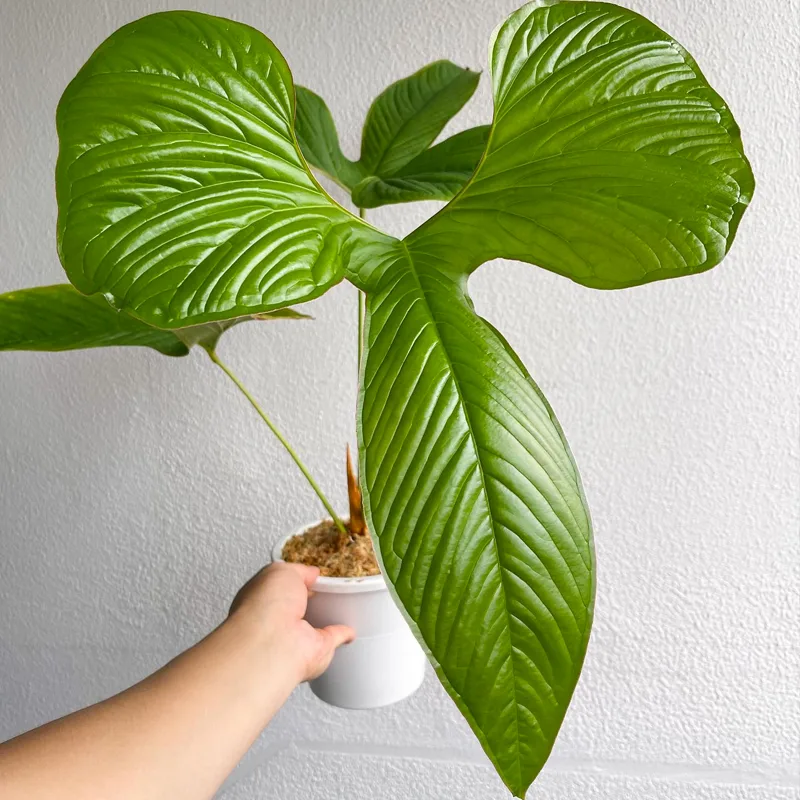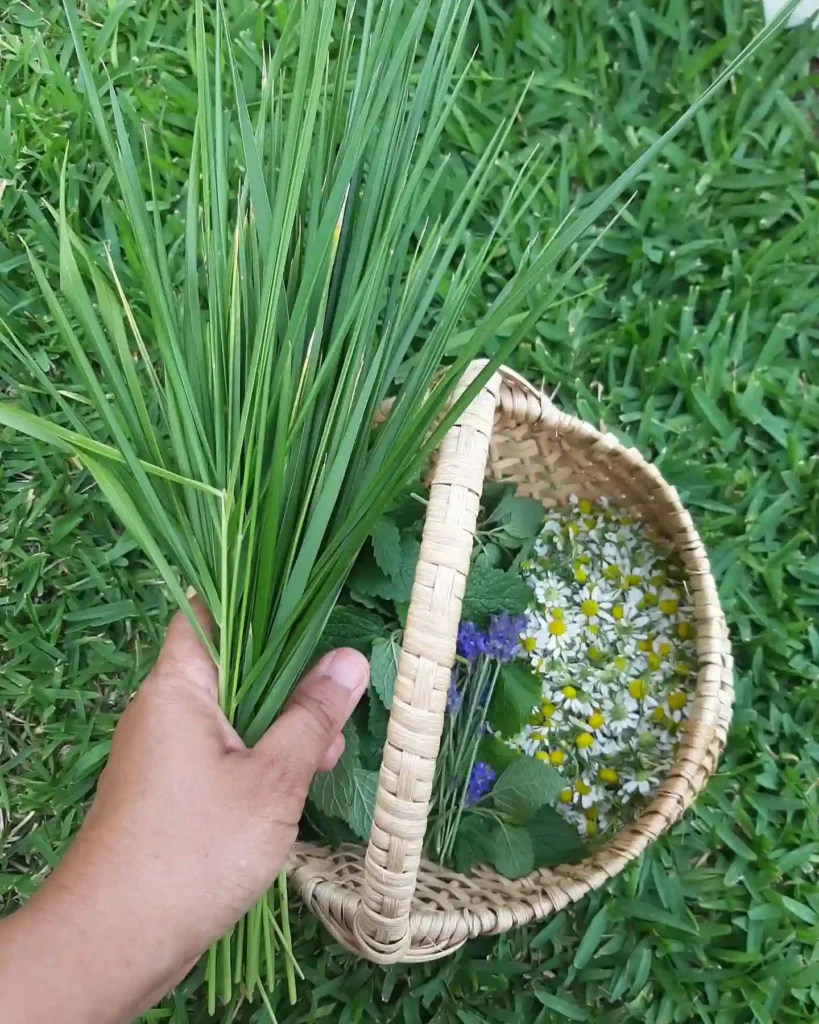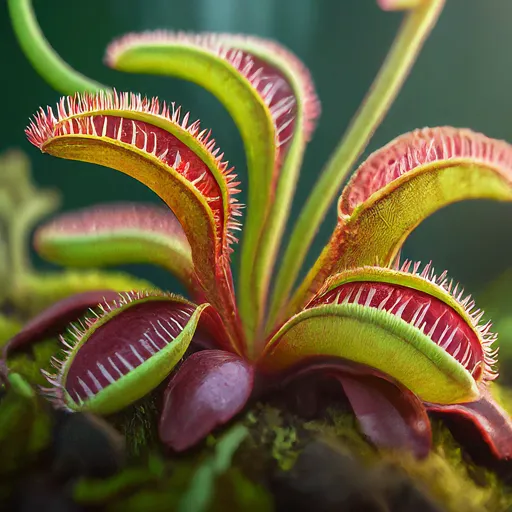Exploring the Pentadiplandraceae Family
As an avid plant enthusiast, I am always excited to delve into the diverse families of plants. Today, I want to share my exploration of the Pentadiplandraceae family, focusing particularly on the Pentadiplandra genus. This family may not be as well-known as others, but it has unique characteristics that make it fascinating to study and cultivate.
What is the Pentadiplandraceae Family?
The Pentadiplandraceae family is a relatively small group of flowering plants. It consists primarily of the genus Pentadiplandra, which is native to tropical regions of Africa. As I researched this family, I was intrigued by its distinct morphological features and ecological significance. The plants in this family are generally characterized by their woody stems and attractive flowers, making them appealing for ornamental use.
Key Characteristics of Pentadiplandraceae
The plants within the Pentadiplandraceae family exhibit a variety of features. One of the most notable aspects is their unique flower structure. The flowers are typically tubular, with five lobes that create a star-like appearance. This morphology not only attracts pollinators but also plays a vital role in their reproductive success. I find it fascinating how the shape and color of the flowers can vary between species, showcasing the diversity within this family.
Additionally, the leaves of Pentadiplandra are often glossy and elliptical, providing an elegant aesthetic that enhances their appeal. The plants tend to thrive in well-drained soils and require plenty of sunlight, which is essential for their growth and flowering. My experiences in growing various plants have taught me the importance of understanding their specific needs to ensure successful cultivation.
The Genus Pentadiplandra
Within the Pentadiplandraceae family, the genus Pentadiplandra stands out for several reasons. It includes several species, each with its unique adaptations and ecological roles. The most recognized species, Pentadiplandra brazzeana, is often highlighted for its striking flowers and resilience in various environments. I was particularly drawn to its vibrant colors and the way it attracts pollinators, which is essential for maintaining biodiversity.
Cultivation and Care
When it comes to cultivating Pentadiplandra, there are a few key points to keep in mind. First and foremost, these plants thrive in warm climates, making them suitable for USDA zones 10 and above. If you live in a cooler area, you can grow them in containers and bring them indoors during colder months. This adaptability allows me to enjoy their beauty in my garden year-round.
I’ve learned that watering is crucial for these plants. They prefer moist but well-drained soil, so I always ensure that excess water can escape. During the growing season, I fertilize them with a balanced fertilizer every few weeks to promote healthy growth. However, it’s essential not to over-fertilize, as this can lead to nutrient burn and negatively impact the plant’s health.
Ecological Importance
The Pentadiplandraceae family plays a significant role in its native ecosystems. The plants are vital for pollinators, providing food sources through their nectar-rich flowers. As I reflect on my gardening experiences, I realize the importance of fostering environments that support local wildlife. Incorporating species like Pentadiplandra can help create a vibrant ecosystem in your garden, supporting bees, butterflies, and other beneficial insects.
Furthermore, these plants contribute to soil health by improving its structure and fertility. The root systems of Pentadiplandra help prevent soil erosion and promote water retention, making them valuable in sustainable gardening practices. As I strive to create a more eco-friendly garden, I appreciate how incorporating native plants like those from the Pentadiplandraceae family can support both biodiversity and soil health.
Conclusion
In conclusion, the Pentadiplandraceae family, particularly the Pentadiplandra genus, offers an intriguing glimpse into the world of tropical plants. Their unique characteristics, cultivation needs, and ecological importance make them worthy of attention. As a plant lover, I enjoy learning about and growing diverse species that contribute to the beauty and health of our gardens. If you’re looking for a way to enhance your garden while supporting local ecosystems, I highly recommend exploring the Pentadiplandraceae family. You might find that these plants not only beautify your space but also enrich the biodiversity of your environment.
If i die, water my plants!



